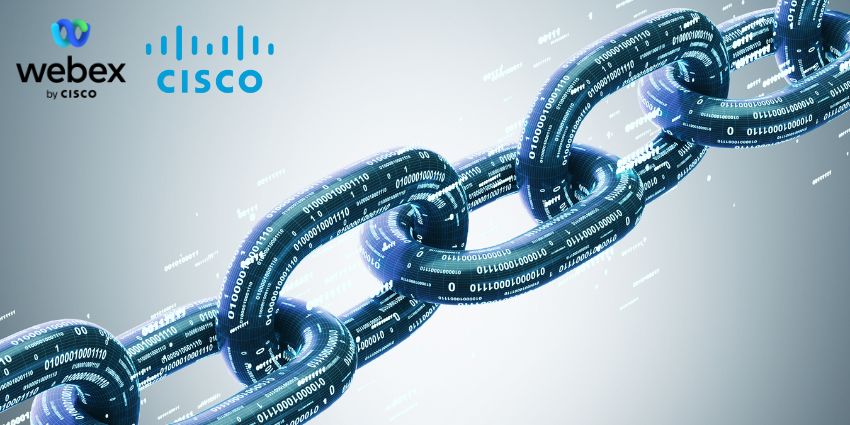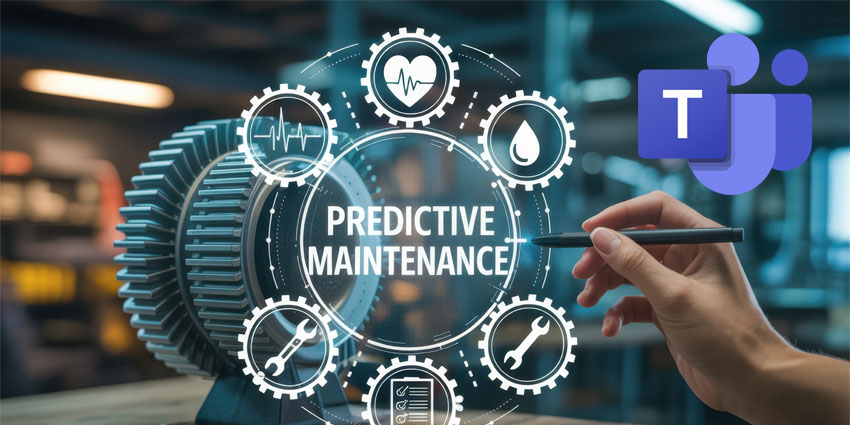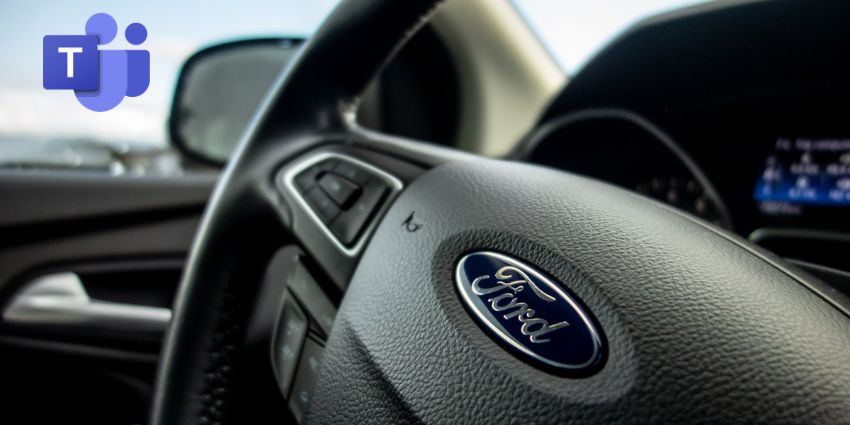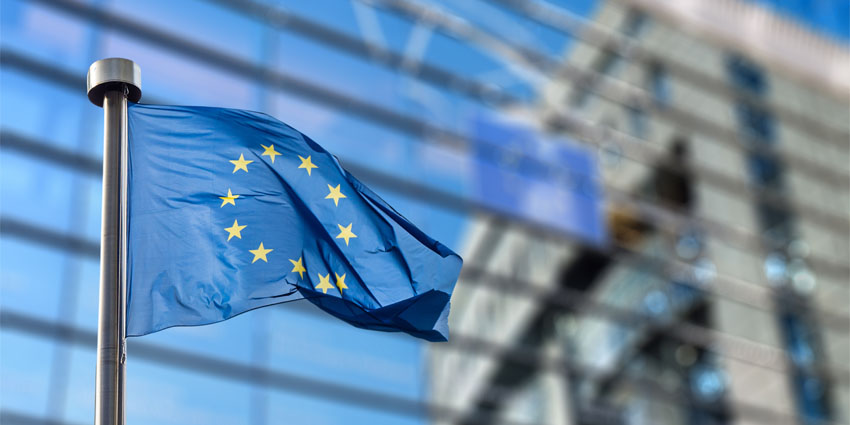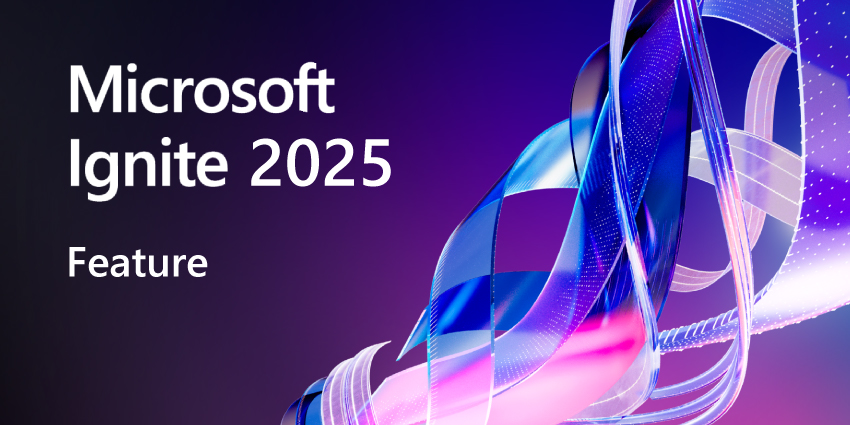In 2025, the collaboration stack is no longer a soft target. It is fundamentally frontline infrastructure, under perpetual pressure from sophisticated cyber threats, intensifying regulatory demands, and geopolitical tension around where and how data is stored.
Hybrid and distributed work models continue to reform organisational boundaries, and with them, the risk landscape. Leaders in IT, compliance and cybersecurity are demanding far more from their collaboration providers. They expect enterprise-grade controls that extend across identity, data, infrastructure and AI workflows. They want crystal-clear visibility into where their data resides. Essentially, they are no longer willing to trade convenience for risk.
For many providers, the shift from convenience-first to security-first has been uncomfortable. For Webex by Cisco, it is foundational. As Amit Barave, Vice President of Product Management at Webex, explained, “We pride ourselves on having security and compliance and privacy built into the platform, as opposed to adding those as features.”
- Cisco Unveils AI Defense: End-to-End Security for Enterprise AI Use
- Cisco: Just 4% of Organizations Able to Withstand Today’s Cyber Threats in AI Age
Designed for Security Without Compromising Experience
Security requirements have become more stringent, but expectations around usability haven’t relaxed. Users want seamless experiences, while admins want rigorous safeguards. Meeting both needs has often meant compromise. Webex has been working to eliminate that friction. Barave emphasised the effectiveness of their operations:
“We learned, as all platforms and products learn, that when we do this, it can be at odds with end user experience. We invested a lot of time during the last two and a half years to make sure that we can accomplish all of these without compromising the end user experience.”
Instead of stripping out controls for the sake of speed, Webex has focused on clarity. Barave pointed out that users are generally willing to take an extra step, “but if their messaging in terms of why they’re doing it and what they’re doing is very, very clear and predictable,” the process remains intuitive.
This thinking is built into the product design. Webex includes options to classify meetings as sensitive at scheduling or start time, triggering pre-set security behaviours like disabling recording or external sharing. Crucially, the user is never left guessing why a feature is restricted. “The end users get a visual indicator saying, ‘Look, some capabilities are not going to work because this just got classified as a highly sensitive meeting.’”
For enterprise organisations, the capacity to maintain this level of control without undermining user productivity is vital.
Zero Trust and Encryption That Aligns With Enterprise Reality
Collaboration platforms are now expected to illustrate robust identity, access, and encryption frameworks across all environments. Webex is informed not only by its experience in unified communications but also by its broader leadership in cybersecurity and networking.
“You cannot start to think about Zero Trust Security just in isolation from a voice or video interaction. It is cyber in the end,” said Barave. “Cisco’s heritage in networking and security gives us a big advantage.”
That advantage includes deeper investment in certificate-based authentication, verified identity, and encryption standards like MLS. As Barave, quoting a member of his team, put it, “You can trust us because you don’t have to trust us.”
Cisco has also prioritised architectural flexibility to support a wider range of deployment needs. “What people will see is our flexibility in terms of where you can deploy our product; in the commercial cloud, in a hybrid mode, some nodes on your premises or private cloud,” Barave said. “That continuum gives us some unique advantages in terms of delivering end-to-end encryption, at the same time not having to compromise on the features that work under it.”
When it comes to artificial intelligence, every AI-powered feature at Cisco undergoes an AI Impact Assessment against Cisco’s Responsible AI principles. They also adhere to the Responsible AI Framework, in addition to existing Security, Privacy, and Human Rights by Design processes. When it comes to safeguarding customer data, Webex upholds the strongest security, trust, and privacy principles.
The roadmap also includes Cisco’s new AI Defense product, which addresses the emerging risks associated with AI-generated content and comms metadata. “We are applying some advanced techniques to guard their AI traffic that’s going through all of the communications infrastructure as well,” Barave added.
Meeting the Compliance Expectations of Highly Regulated Industries
Global organisations are dealing with increasingly fragmented regulations, from FedRAMP in the US to GDPR in Europe, and industry-specific frameworks like HIPAA and PCI-DSS. What they urgently need, far more than a list of certifications, is a platform that is adaptable to both formal standards and real-world operational constraints.
According to Barave: “If I pulled up a slide, there’s about 25 to 30 different standards of compliance that Webex inherently adheres to.” But beyond the frameworks, Webex is also investing in vertical-specific configurations. Public sector clients can use FedRAMP-authorised versions of Webex; financial services institutions can enforce ethical walls between trading divisions.
“There are always cases that go beyond what’s in that standard,” said Barave. “In the case of a financial services firm, people want to have an ethical wall between the buy side and the sell side. These may not be described in a compliance standard, but these are almost operating constraints.”
This is made possible by Webex’s modular architecture. “We have a superset of various controls(…) and oftentimes when we are going into a vertical, it’s just a certain combination and a little bit of a customization we need to provide.”
For legal institutions, healthcare providers and global banks, that flexibility is a requirement, not a nice-to-have.
Security Is a Strategy, Not a Feature
In a market saturated with collaboration tools, Webex distinguishes itself by treating security as a strategic imperative. Rather than just being about building protective barriers around communication, it’s essentially about understanding the nuanced needs of administrators, regulators, and users alike.
Whether it’s the depth of its zero trust architecture, its approach to sensitive meeting controls, or its ability to support complex compliance requirements at scale, Webex presents a coherent, proven answer to the security demands of 2025.
As collaboration continues to evolve, Webex is evolving with it, reinforcing its reputation for being not just enterprise-ready but enterprise-resilient.
Visit here to learn more about how Webex by Cisco secures collaboration across every business layer.
